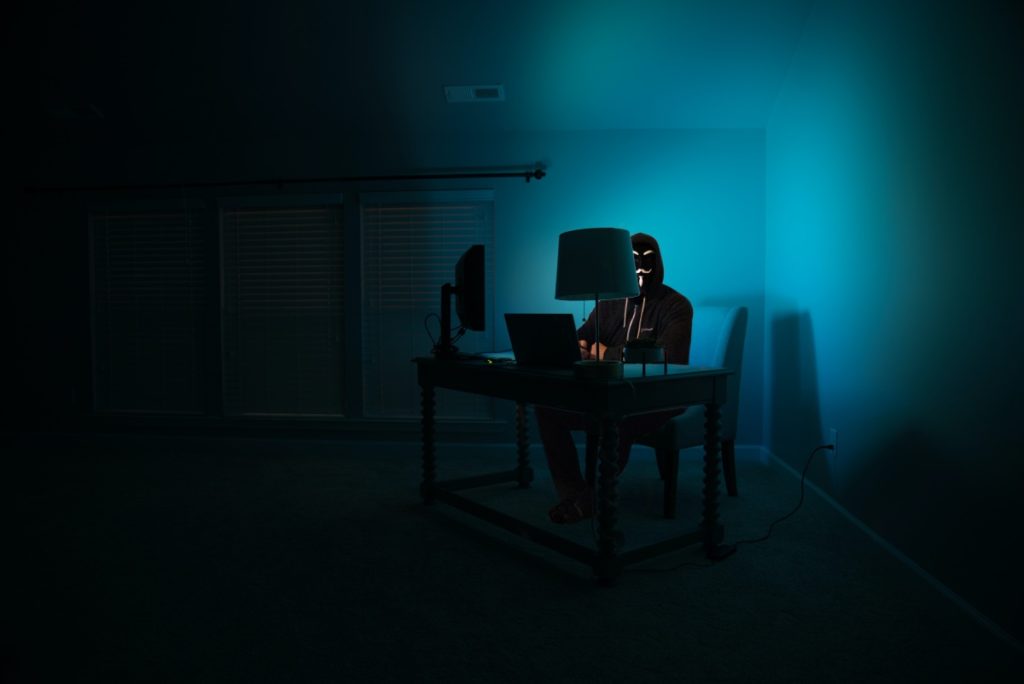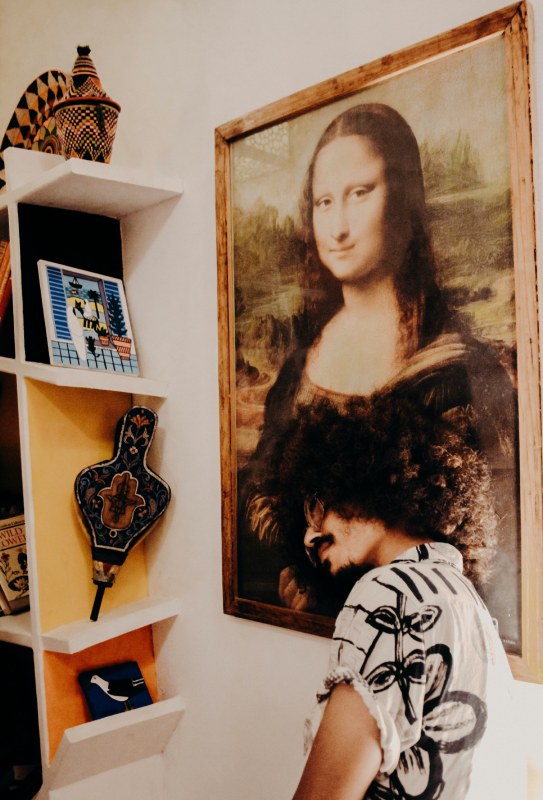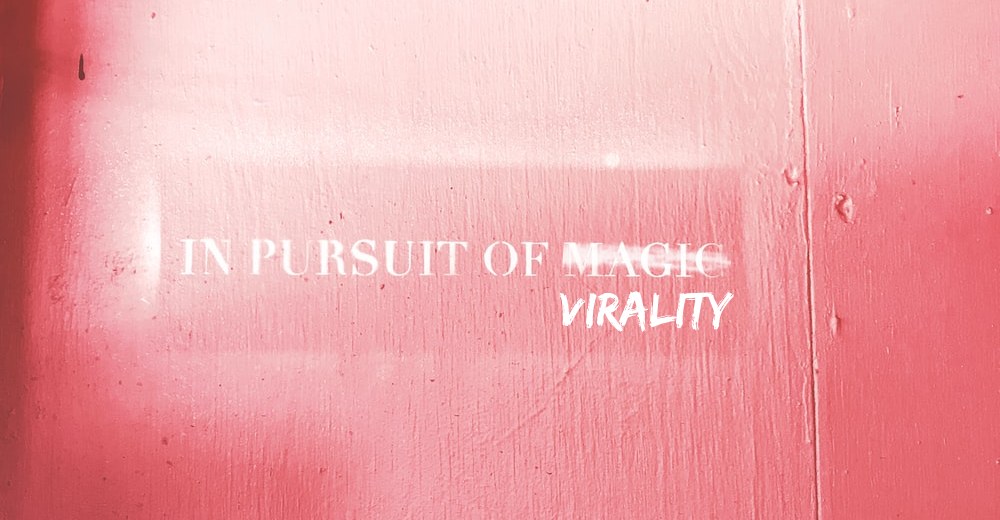“Digital scarcity”…
Sounds weird, doesn’t it? Scarcity and the digital world are two concepts that usually don’t go well together.
After all, how can an easily replicable digital file be worth anything? Yes, there might be hours of work behind a digital painting, but all it generally takes is a “right click, save it under…” to have a copy on your drive.
And let’s not lie to ourselves… even if the file is protected, a 12 year old kid will find a way around.
Until now, the digital world has been associated with the opposite of scarcity. It’s a world of abundance, where millions of worthless copies of the same file exist, most of the time without the creator being fairly rewarded.
People have tried to bring scarcity to the digital world, some have been more successful than others, and the NFT is the latest player to enter the game.
Here is what NFTs can bring.
A history of digital scarcity
Digital scarcity has been in the spotlight since NFTs went mainstream. But in reality, creating scarcity in the digital world has been a concern since the first software was commercialized, in order to prevent its illegal copying.
The main technologies used to create that digital scarcity, or to “prevent the copy of copyrighted digital materials” are called DRM or “Digital Rights Management” tools.
We’re not going to list what those tools are, but just to make sure you know what we’re talking about, these DRM tools include encryption, digital watermarks or product keys. Yes, that serial number you were supposed to enter to install a game or software.
The problem with DRM tools? They are not effective at combating piracy (remember keygens that would let you bypass product keys security?) and even programmers, such as Richard Stallman, claim that “DRM is an example of a malicious feature designed to hurt the user of the software”.

The truth is, freedom is king in the digital world.
And as long as this is true, projects to limit the access and sharing of digital assets will face strong opposition. By this, we mean software or music piracy, but also legal movements such as the Free Software Foundation.
Of course, intellectual property shouldn’t be copied against the will of the copyright owner, but tools used to restrict the use of copyrighted digital materials shouldn’t go against the rights of the end users either.
That’s where DRM tools usually fail.
And that’s where NFTs shine.
Minting NFTs to create artificial scarcity
Let’s go back to 2020 for a sec. When was the last time you had heard about a digital artist making 6 figures in an auction?
Never, that’s right. (Well, aside from some Cryptokitties back in 2017-2018).
Fast forward to 2021, digital art and collectibles sales are making all the headlines and it seems like everyone wants his piece of the cake.
If this isn’t a digital scarcity success story…
But how did NFTs manage to bring scarcity to the digital world?
Let’s take the example of a digital artwork. In a world without NFT, you’ll have two big problems as a digital artist selling online:
- Your artwork will be clearly undervalued considering the time you’ve spent on its creation.
- You have no effective way to control your art and prevent someone from appropriating it.
That’s because a digital file is easily duplicable, without any quality loss, but also because there is no way to prove the ownership and authenticity of a digital artwork. Watermarks are easily removable and anyway, nothing really prevents someone from buying your piece and sharing it afterward.
But both issues disappear with NFTs.
I won’t explain the full process of NFT minting, but basically, to turn a digital art into NFT and sell it, the digital creator will have to issue his art piece on a blockchain.
To do so, he will:
- Choose the platform where he wants to sell his art
- Connect a valid crypto wallet with sufficient funds to that platform
- Enter the data needed to mint the NFT (name, description, quantity of “pieces” available, and the the digital file itself)
And bam, just like that, an artist converted his previously easily replicable file into a unique, authenticable digital asset.
The digital asset, in this case an image, is tied to a non fungible token stored on the blockchain. That NFT is unique, can’t be copied (it’s unhackable), and gives ownership of the digital asset it’s tied to (it can be stolen, but that’s another topic).
But don’t get me wrong, it’s the NFT that can’t be copied, not the file itself!
This means that if you set your Cryptopunk NFT as a profile picture on Twitter, it doesn’t prevent a stranger from saving the image on his laptop and setting it as his own profile picture.
Instead of forcing digital scarcity by preventing the copy of a digital file the way DRM does, NFTs bring artificial scarcity by making the original file unique and authenticable.
But then, one question remains: what’s the point for the buyer? How does he prove that he’s the owner of the original file, and not that stranger?
“My .jpg is worth more than yours”
That’s basically what you can say, and prove, when you own an NFT-certified digital asset.
An NFT is like a digitally signed original version of a file. We won’t get into the details, but the NFT is a “package” that contains the digital file, but also a bunch of metadata, including the digital signature of the artist/creator as a proof of authenticity, and all the previous transactions associated with that NFT.
Yes, when most people will compare your Twitter profile picture to the one of that stranger, they won’t see any difference if you’re not there to prove that you own the associated NFT.

However, that “issue” also exist with physical art. And copies don’t make the original physical art piece any less valuable!
You have to see it that way: If you own an original Picasso and your neighbor bought a perfect replica of it for a much lesser amount, would you feel bad about it? Probably not, because you know that you own the original and valuable one and that experts will easily make the difference.
Plus, when the time comes to auction off the piece, physical or NFT, it is the original copy owner that will be able to do this.
The scarcity of NFTs then lies in the ability to fully control the monetization of a digital asset, and keep the power in the hands of the token owner.
NFTs embrace abundance
“Wait what, you’ve just said NFTs bring scarcity to the digital world!”
Yes, but I’ve also said that anybody can copy the digital file, as only the NFT tied to the file can’t be copied.
The real question here is how do copies of the original digital file benefit NFTs?
One word: virality.
As we’ve seen with the failures of DRM, the digital world is set to be a world of abundance, where it is the attention of users that is the real scarce good.
And the only way to stand out in that abundance is by chasing virality.

However, before NFTs, even if they managed to reach a viral status, creators still had to fight the constant reproduction of their digital content. Each copy stole the sense of uniqueness and scarcity from the original piece.
For example, Beeple could have generated a buzz with its “Everydays – The First 5000 Days” artwork and get thousands of followers on his Instagram, but how much money could he have made from it?
Certainly not the $69 million he got from his auction at Christie’s…
Now, if artists can mint their creations into NFTs, what happens when their digital art or collectible is retweeted thousands of times, or presented on TV news, multiple videos and has a thousand copies?
Both the creator and the original NFT owner can only thank for the free publicity, as it increases the value of the art piece!
By the way, it’s obvious why the NFT owner would benefit from the increase of value of an art piece, but what does it bring to the creator, aside from fame, you might ask?
Royalties!
Every time an NFT is sold on the secondary market, the NFT creator can earn resale royalties. A great way to generate passive income for the creator!
What’s next?
NFTs and blockchain technology managed to bring scarcity in the digital world by giving value to the original file, rather than by trying to prevent (and prohibit) copying that file. Thanks to NFTs, the original file becomes unique and identifiable amongst millions of copies.
However, as you’ve seen from the examples in this article, NFTs are still quite limited in their applications, as they are mostly used (or at least known) for digital art and collectibles. Plus, some might even say it’s only a craze that will disappear as fast as it appeared in our lives.
But I believe the technology is here to stay and that it will rapidly spread to plenty of digital assets. We’re already seeing NFTs in the music, gaming, and finance industries, but also in the real world with the real estate industry leading the way.
The sky is the limit for NFT use cases!
But for this to happen, general adoption has to increase and the first step toward that goal would be to overcome the challenges that this technology is facing!
And to be honest, in times where people are giving an extreme importance to their digital image and presence, I can’t see how a tech that makes digital ownership possible would fail…

